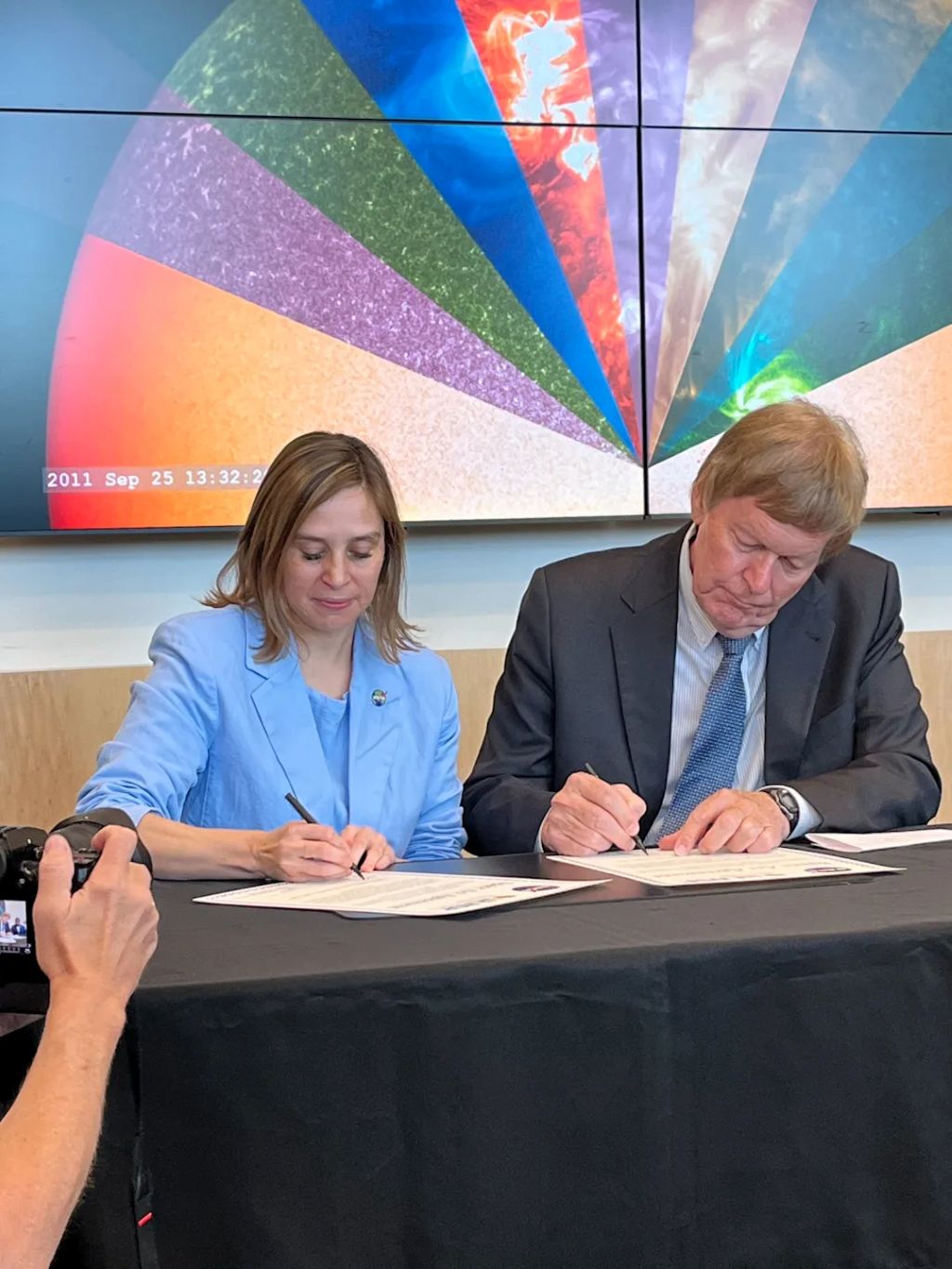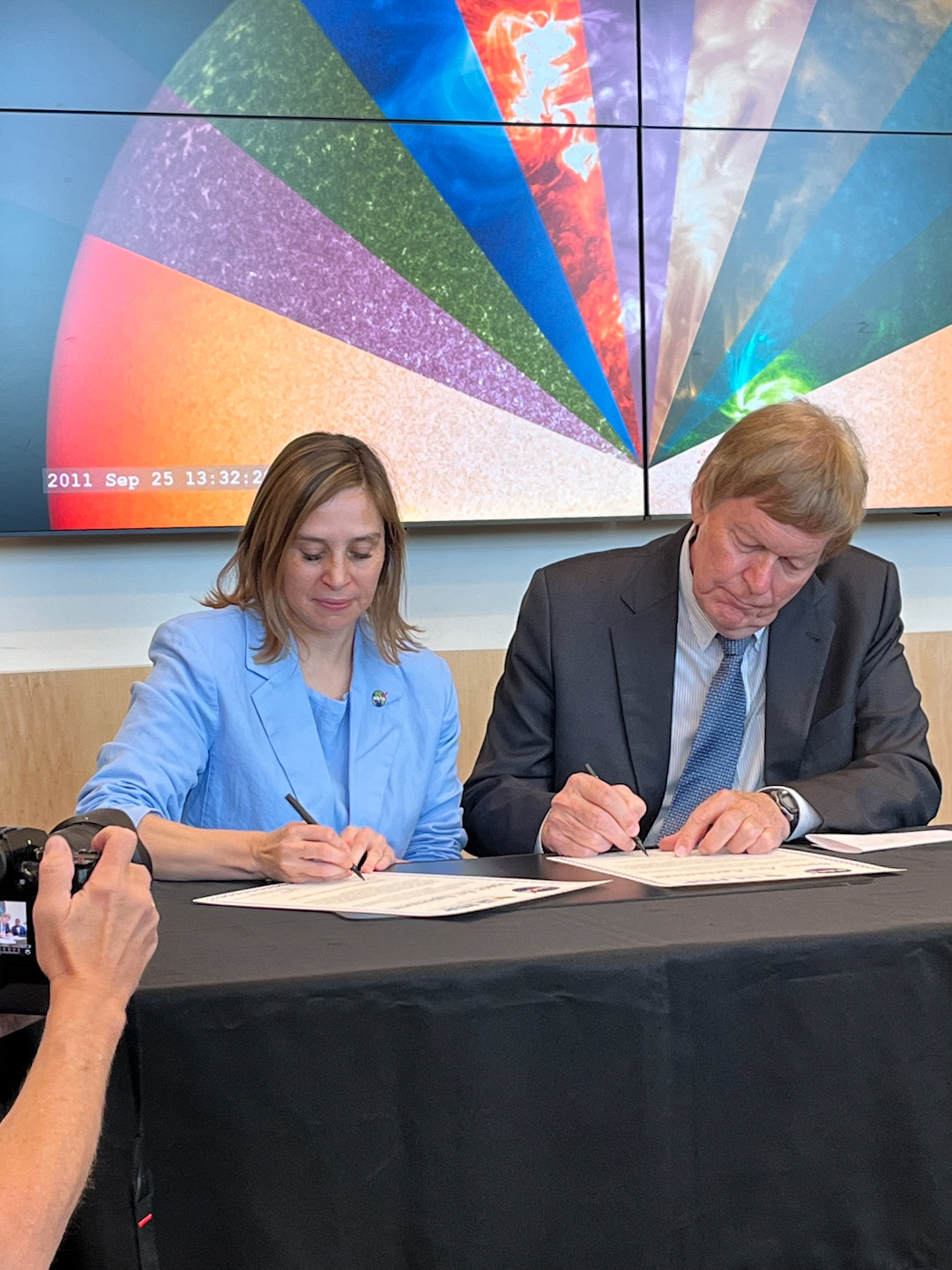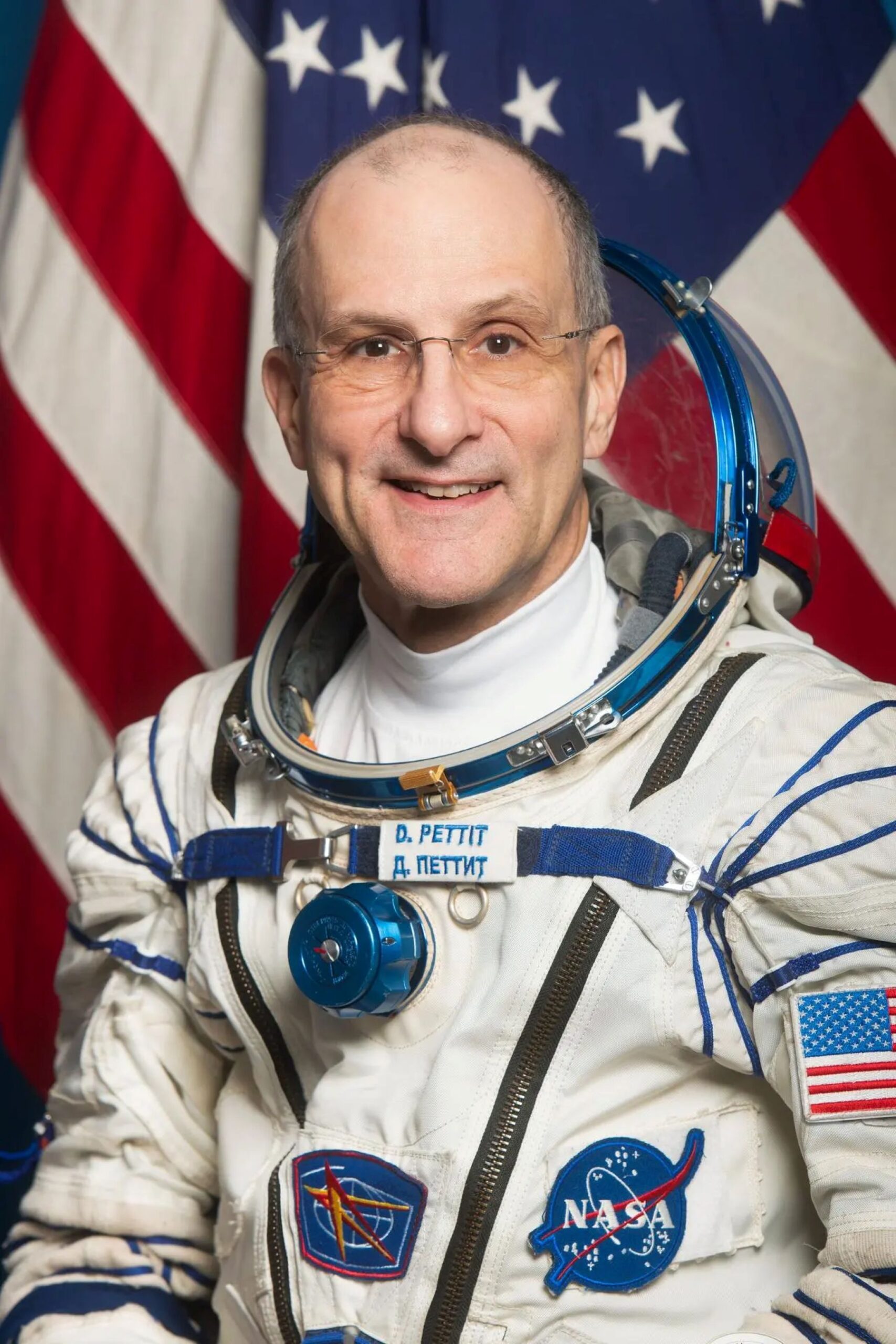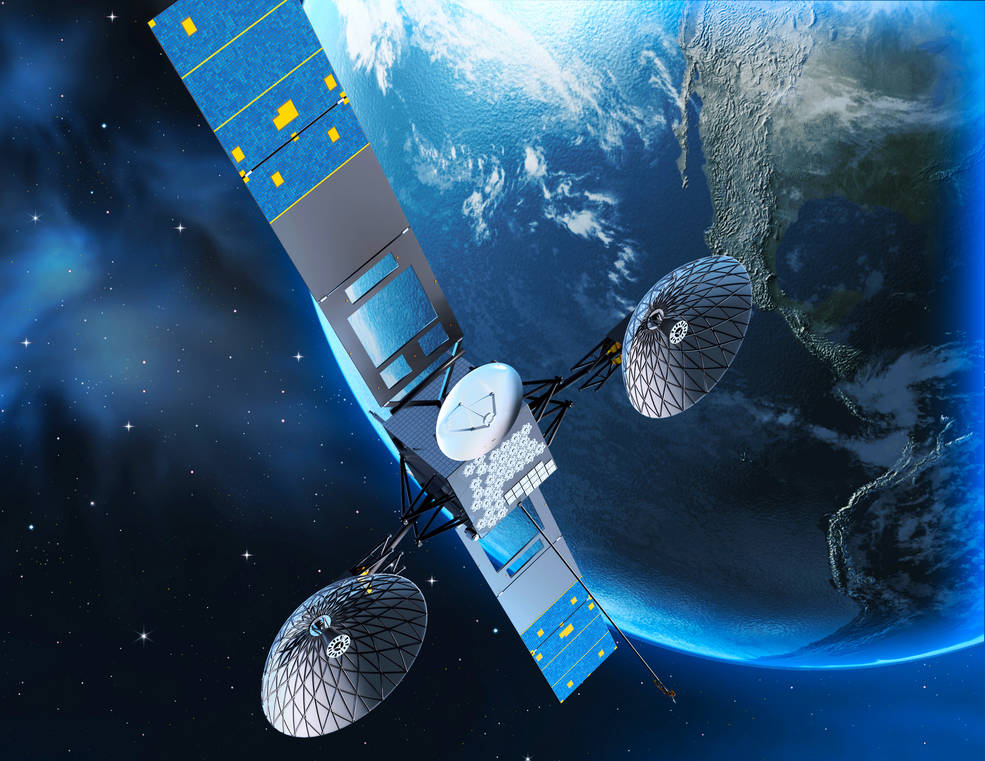NASA, LASP Sign Agreement To Advance Space Weather Research, Modeling

NASA’s Goddard Space Flight Center in Greenbelt, Maryland, and the Laboratory for Atmospheric and Space Physics (LASP) at the University of Colorado (CU) Boulder enacted a collaborative Space Act Agreement Monday, Aug. 5, 2024, to advance research and modeling in the critical field of space weather.
NASA and LASP are longtime space science and exploration partners, and this formal agreement expands the depth and breadth of space weather activities for everyone’s benefit. Space weather refers to conditions in space — typically driven by the Sun’s activity — that can affect humans and technology. Space weather is responsible for the aurora, and intense events can harm spacecraft, astronauts, or even technology on Earth.

NASA’s Goddard Space Flight Center in Greenbelt, Maryland, and the Laboratory for Atmospheric and Space Physics (LASP) at the University of Colorado (CU) Boulder enacted a collaborative Space Act Agreement to advance research and modeling in the critical field of space weather. Goddard Center Director Dr. Makenzie Lystrup (left) and LASP Director Dr. Daniel Baker signed the agreement Monday, Aug. 5, 2024.
NASA/Bri Horton
“Space weather touches all aspects of life, from our power grid to space-based assets that are susceptible to space weather events,” said Dr. Makenzie Lystrup, NASA Goddard director. “This agreement today formalizes a long-standing collaboration with LASP essential to expanding space weather applications that protect ground- and space-based assets, not to mention our astronauts preparing to explore deeper into space to the Moon and beyond.”
LASP is at the forefront of solar, planetary, and space physics research, climate and space-weather monitoring, and the search for evidence of habitable worlds, all of which match perfectly with Goddard’s mission portfolio and leadership in heliophysics research.
“We have had a long and highly productive partnership with NASA’s Goddard Space Flight Center in all areas of space exploration,” said LASP Director Dr. Daniel Baker. “It is now an honor for LASP to collaborate with the world’s largest Earth and space science research organization to advance our nation’s space weather and heliophysics capabilities. This agreement offers new opportunities to learn from our overlapping space weather expertise and to leverage scientific research using small satellites.”
The agreement calls for a more formal and robust framework to expand space weather work in several key areas, to include:
- Maturation and miniaturization of instruments for space weather research
- Incorporating space weather instrumentation and packages as hosted payloads on satellites
- Exploring joint work in “Space Weather Research to Operations” activities
- Addressing important aspects of space weather policy
- And, defining best practices for mission proposal development
Goddard is NASA’s premiere spaceflight complex and home to the nation’s largest organization of scientists, engineers, and technologists who build spacecraft, instruments, and new technology to study Earth, the Sun, our solar system, and the universe.
For more information on programs at Goddard, visit:
By Jeremy Eggers
NASA’s Wallops Flight Facility, Wallops Island, Va.





